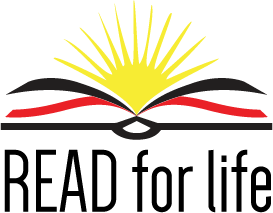Literacy Basics: The 5 Big Ideas of LIteracy
Written by Abby Bluth
At the heart of our work is the goal of raising overall pupil achievement by increasing literacy rates in the early grades of primary school. Our starting point has been introducing a systematic phonics approach to the teachers and schools that we work with. However, quality reading instruction is about more than phonics. Good readers are actually doing many cognitive tasks at once in order to take meaning from a text.
When we talk about beginning reading, there are 5 main skills that children must work on and that teachers must target. These are: Phonemic Awareness, Alphabetic Principle, Fluency, Vocabulary, and Comprehension.
These skills of literacy do not necessarily develop hierarchically (meaning, for example, once a pupil has mastered one skill, they can then move on to the next) in the way that numeracy skills and concepts may develop. Rather they develop in conjunction with each other and need a combination of exposures to text.
When very young children (or children of any age, really) are read to, they are developing comprehension and vocabulary skills and listening to a fluent reader, they also are developing concepts about print and the idea that the letter symbols on the page are connected to sounds and words that have meaning (alphabetic principle). This is a "Whole to Part" approach, using the whole text to develop concepts of the parts of reading.
Literacy instruction also involves a "Part to Whole" approach, where learners focus on individual skills to gain access to the whole text and experience of reading. As children become independent readers, they need to have a strong foundation in phonemic awareness and alphabetic principle (phonics) in order to read with fluency. As children become fluent readers, they are able to devote the bulk of their cognitive workload towards higher order skills such as vocabulary and ultimately comprehension.
This graphic shows the 5 Big Ideas of Literacy as an inverted pyramid. While the ultimate goal of reading is being able to understand what we read in order to read to learn, it is important to build the foundational skills. A comprehensive approach to teaching literacy skills should focus on teaching the parts, through targeted lessons and scaffolded practice, as well as teaching the whole concept of reading through read alouds and exploration of texts.


